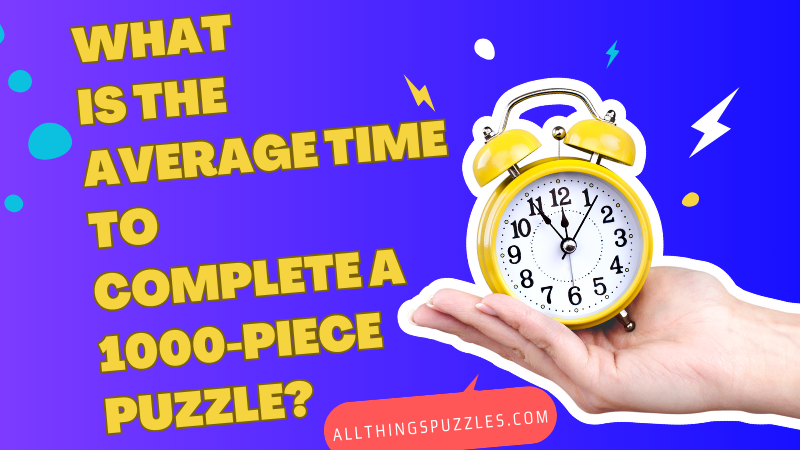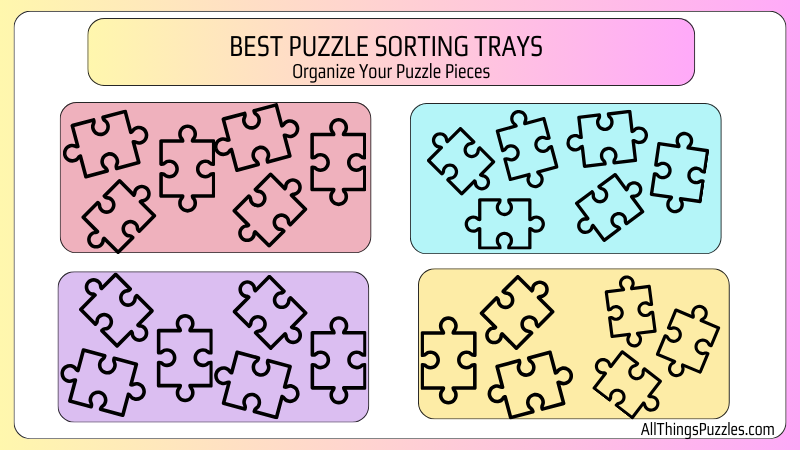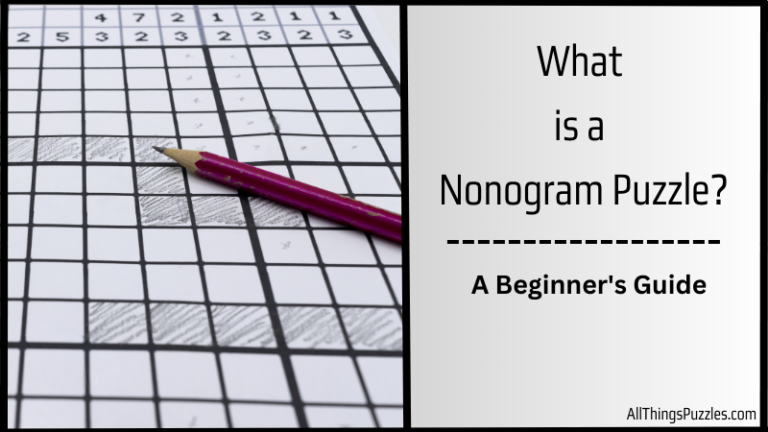If you’re a puzzle enthusiast, you know the feeling of excitement and intimidation that comes with opening a puzzle box. But fear not! With the right approach and some jigsaw puzzle tips, you can conquer even the most difficult puzzles. In this guide, we’ll cover everything from choosing the right puzzle to advanced puzzle-solving techniques, catering to enthusiasts of all levels.
Key Takeaways:
- Choosing the right puzzle is key to successful puzzling.
- Setting up your puzzle workspace with good lighting and a flat surface is important.
- Dividing the puzzle into small sections can make it easier to tackle.
Choosing the Right Puzzle
The journey begins by choosing the right puzzle. When it comes to choosing a jigsaw puzzle, there are a few things to consider to ensure that you get the most satisfaction in completing the challenge. Assessing the difficulty level, understanding puzzle themes and patterns, and selecting quality puzzle materials are crucial factors to consider.
Assessing Difficulty Level
The difficulty level of a puzzle is often linked to the number of pieces. If you’re a beginner, it’s best to start with a 500-piece puzzle, while 1000-piece puzzles or larger can provide a significant challenge for more experienced enthusiasts. The size of the puzzle and whether it features a distinct pattern or negative space (like a large area of single color) can influence how challenging it is. Always consider your skill level before tackling a harder puzzle, ensuring you don’t get discouraged.
Understanding Puzzle Themes and Patterns
Choosing a puzzle with an appealing image or pattern is essential. Puzzles that reflect your interests or hobbies will help keep you engaged. It’s also a good idea to look for puzzles with a distinct pattern or image, as this can make it easier to identify and group together similar pieces.
Selecting Quality Puzzle Materials
When selecting a puzzle, it’s important to choose one made from sturdy materials. Vinyl or wooden puzzles are longer-lasting than cardboard ones. High-quality puzzles fit together snugly and don’t have loose pieces. Puzzles with a matte finish prevent glare and are easier on the eyes. Good-quality jigsaw pieces with a clear cutting pattern make the fitting more precise, and they’re less likely to bend, ensuring the whole puzzle looks great in a puzzle frame once complete.
Setting Up Your Puzzle Workspace
Creating the perfect puzzle workspace is essential for a successful puzzling experience. A well-organized workspace with good lighting and the right furniture can make all the difference, allowing you to focus on the puzzle and enjoy hours of engaging activity without excess strain or frustration.
Selecting Puzzle Tables and Organizers
The first step in setting up your puzzle workspace is selecting the right puzzle table or dining room table. Look for a flat surface that can accommodate the full size of the jigsaw puzzle. The size of the puzzle should fit comfortably on the surface, providing extra space around the whole puzzle to organize loose pieces.
For larger puzzles, like a 1000-piece puzzle, a dedicated puzzle board or a large piece of cardboard can offer a straight edge to start from and act as a puzzle mat, which in turn makes it easy to move the puzzle sections if needed.
Finding the Ideal Lighting
Good lighting is crucial when assembling a puzzle. Natural light is the best for differentiating between colors and fine details, so positioning the table by a window can be beneficial during the daytime.
For evening sessions, a desk lamp with adjustable brightness helps illuminate small sections or individual pieces without creating glare. A floor lamp can serve as ambient lighting, illuminating the edges of the puzzle and remaining pieces.
Expert tip: Sometimes placing the entire puzzle under good lighting, like a desk lamp or floor lamp, can reveal subtle color differences or distinct patterns that aren’t immediately obvious.
Preventing Puzzle Clutter
Clutter can quickly overwhelm a puzzling space, especially with difficult jigsaw puzzles with a high piece count. Keeping puzzle pieces organized is a good idea.
Sorting can help you focus on small portions of the puzzle at a time, making the task less overwhelming. Puzzle sorters or trays are a great way to keep similar colors or specific areas in different categories, which will aid during the assembly process.
Also storing smaller sections within reach but off the main work area prevents mixing and preserves a clear view of the puzzle image. Organizing by different shades, distinct pattern, or piece shape can also save much time in the long run.
Puzzle Assembly Strategies
Developing an Efficient Organizational System
When it comes to solving a jigsaw puzzle, having a clear-cut strategy is key to success. Whether you’re working on a 500-piece puzzle or a larger 1000-piece challenge, adopting specific puzzle assembly strategies ensures that you can tackle the task with confidence and efficiency. Follow these puzzle assembly strategies to make the most of your puzzling experience.
Starting with the Border
Begin by separating the border pieces from the rest of the puzzle. Border pieces can be identified as those with a straight edge and are usually easy to identify. Starting with the frame gives a clear boundary and offers a sense of accomplishment right off the bat. Once the border is complete, it acts as a guide for the rest of the puzzle.
Expert Tip: Use a puzzle frame or a piece of cardboard to keep the border in place while you work on the rest of the puzzle. This will keep the border from getting knocked out of place and make it easier to move the puzzle if needed.
Sorting Pieces by Color and Pattern
After assembling the border, sort the remaining pieces by color and pattern. This technique simplifies finding pieces that fit together and becomes especially helpful in the case of larger puzzles with a high number of pieces.
Sorting the pieces into different sections according to a certain characteristic or a distinct pattern is a great way to assemble small portions of the puzzle. Sorting trays or a puzzle mat can be a good idea to manage the different categories. For example, sky pieces often share a distinct pattern or similar colors, making it easier to group them. This strategy not only saves much time but also allows you to focus on specific areas of the puzzle image one by one.
Expert Tip: Use natural light or a desk lamp to ensure good lighting while sorting pieces. This will help you distinguish between different shades and colors more easily.
Starting Points
Identifying starting points is crucial to assembling a jigsaw puzzle. Look for areas of the puzzle that have distinct patterns or colors. This will give you a starting point for assembling small clusters of pieces. For example, if the puzzle image has a lot of blue sky, start by assembling the sky pieces.
By breaking down the whole puzzle into manageable parts, streamlines the assembly process making it easier to devise the next steps for piecing together the rest of the puzzle.
Advanced Puzzle-Solving Techniques
When facing a challenging jigsaw puzzle, employing advanced techniques can transform your puzzling experience from frustrating to rewarding. It’s about understanding how to approach the whole puzzle, whether it’s a modest 500-piece or a daunting 1000-piece puzzle.
Working with Sections and Subsections
To tackle larger puzzles, breaking the task down into smaller sections can save much time and help maintain a good level of interest and motivation. Start by grouping puzzle pieces by color or distinct pattern, and assemble small clusters, which can be piece by piece or small portions at a time. Using a puzzle board or a piece of cardboard for extra space to work on individual sections is also a great way to keep the puzzle organized.
Adopting different strategies and adjusting the difficulty level to match your skill level has proven beneficial for many puzzle enthusiasts. Taking breaks when needed, as returning with fresh eyes often provides a new angle that can lead to a quicker assembly of the remaining pieces. It’s also a good idea to frequently refer to the puzzle box to keep the rest of the pieces and the overall image in mind.
When pursuing a Guinness World Record or simply aiming to complete a family puzzle, remember different strategies work for different people. The president of the World Jigsaw Puzzle Federation, Alfonso Alvarez-Ossorio, might choose one method while renowned puzzle champion, Tammy McLeod, could prefer another. Regardless, stepping back when you’re stuck and tackling the puzzle from a new section or different approach might just provide the breakthrough needed.
Frequently Asked Questions
In this section, I’ll address some of the most common inquiries regarding jigsaw puzzles, focusing on specific strategies and considerations that could enhance your puzzle-solving experience.
What strategies can quickly improve jigsaw puzzle-solving skills?
Improving your jigsaw puzzle-solving skills can be achieved by sorting the puzzle pieces into different categories. Edge pieces should be separated from the rest to form the straight edge of the whole puzzle. Focusing on small sections by colors or distinct patterns can help you progress in areas of the puzzle more efficiently.
Additionally, working on small clusters of pieces and then connecting them to the rest of the puzzle is a great way to approach larger puzzles.
How can you complete a jigsaw puzzle if you don’t have access to a large table?
If a large table isn’t available, a puzzle mat is a good idea as it offers a portable flat surface. Alternatively, a piece of cardboard or specialized puzzle board can be used on any surface such as a dining room table or kitchen table, and then be moved if necessary.
Are there methods to effectively handle puzzle pieces of the same color?
When dealing with similar colors, an expert tip is to look at the shape of the individual pieces. Puzzle enthusiasts may also benefit from working under good lighting to discern different shades. Sorting trays are also a helpful tool to keep puzzle pieces organized by color or shape.
Are there any tools or cheats that can assist in solving jigsaw puzzles more quickly?
While there are no specific tools or cheats that can guarantee a faster puzzle-solving time, puzzle frames and puzzle sorters can be helpful accessories to keep the puzzle organized and in place.
However, it’s important to remember that the satisfaction of completing a puzzle comes from the challenge and the hit of dopamine you get when you finally find that missing piece.
Additional Reading
Conclusion
In conclusion, solving a jigsaw puzzle is not just about finding the missing piece, but it’s about the entire experience. Utilizing puzzle accessories such as puzzle mats, puzzle boards, puzzle sorters, and sorting trays can make the process much easier. Sorting the puzzle pieces into small sections and arranging the border pieces separately can demarcate the full size of the jigsaw puzzle and give a clear foundation on which to build.
Completing challenging puzzles, be it 500-piece jigsaw puzzles or more difficult jigsaw puzzles, is not just about the right puzzle and skill level; it’s about the experience. Each correct placement reinforces your progress. A puzzle frame to display the finished work can round off the satisfaction of completing the whole puzzle.
Remember to keep these techniques in mind and apply them the next time you’re pondering over a jigsaw. With a step-by-step guide crafted from these jigsaw puzzle tips, each new challenging jigsaw puzzle becomes an opportunity to set personal world records.
Do you have any jigsaw puzzle tips? Please comment below.









